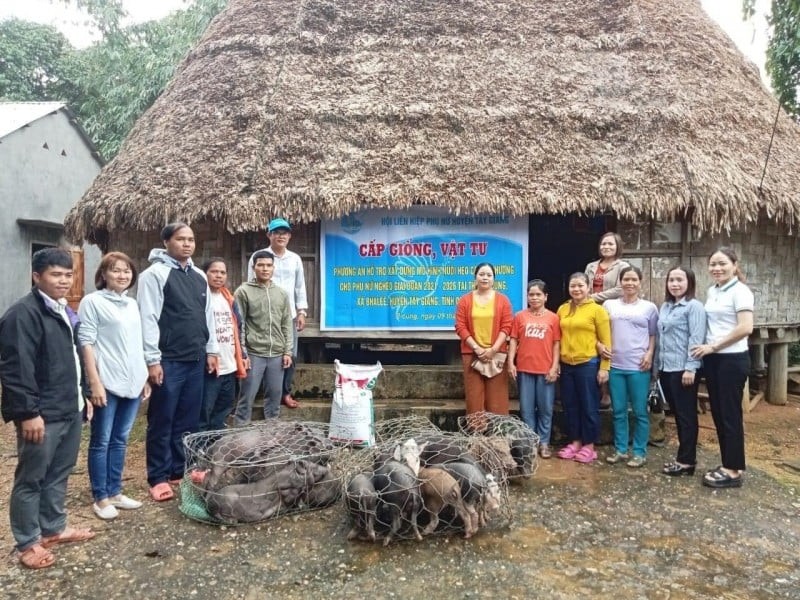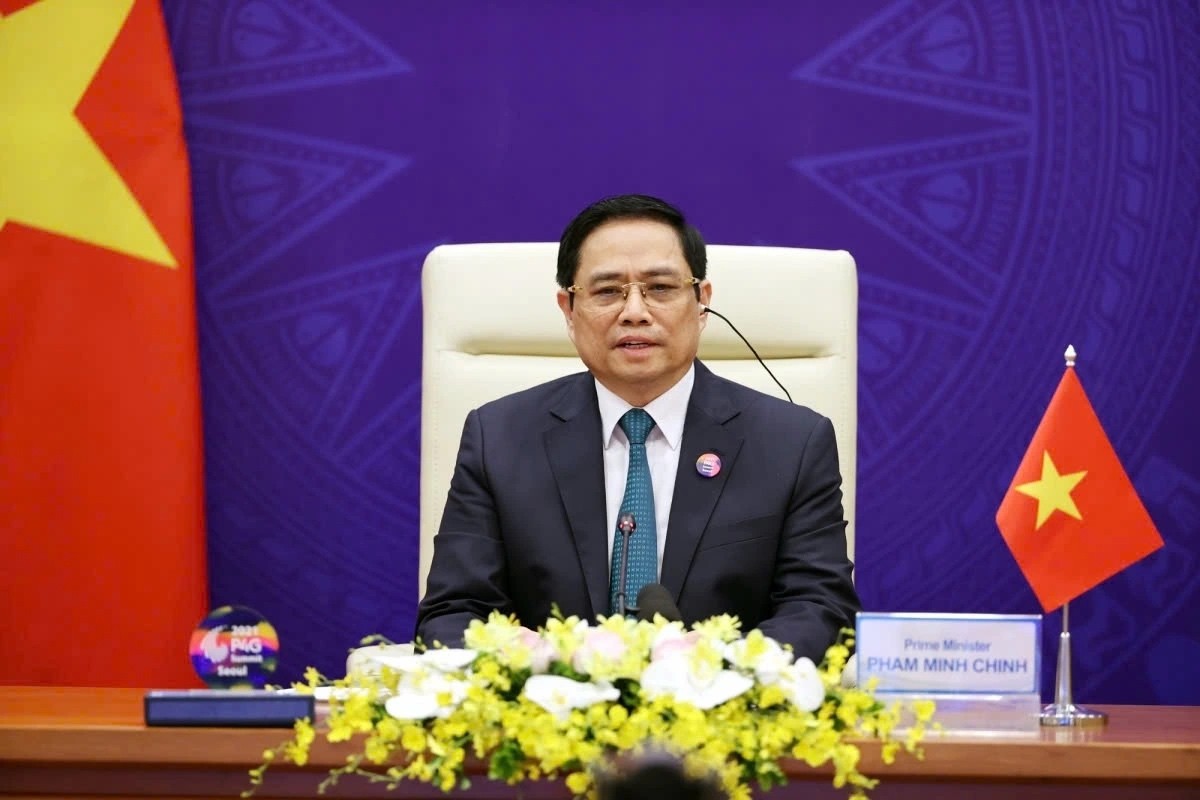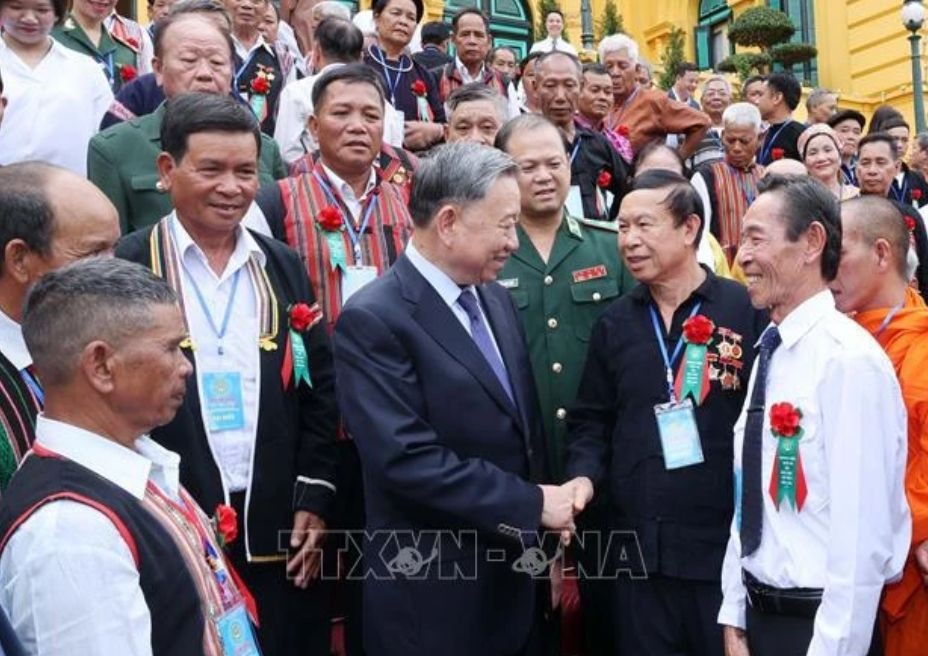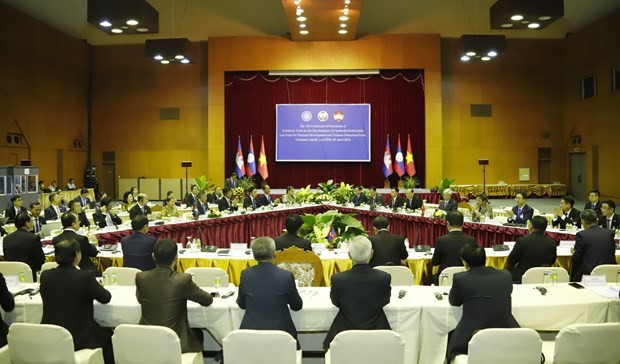Top 5 Largest Ethnic Groups In Vietnam
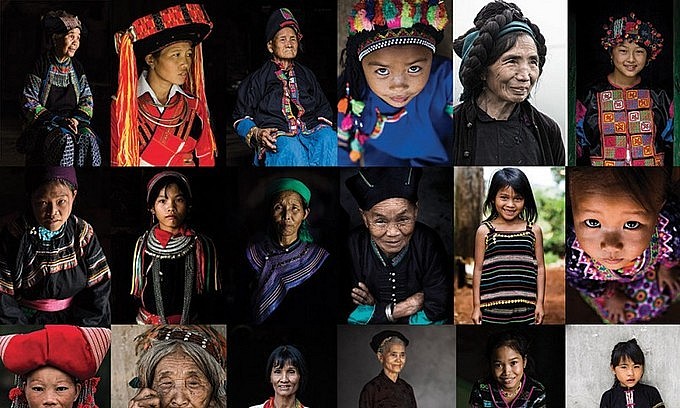 |
| Photo by Réhahn |
From the early ages, Vietnamese kids have been told the folktale about Lac Long Quan and Au Co. They had one hundred children and each of them took fifty sons and daughters to different places in our nation and nurtured them. According to this tale, Vietnamese all have the same origin, and we are all brothers and sisters, which makes us have some similar characteristics. However, Vietnam has 54 ethnic groups and each of which still has identifiable cultural traditions. Language is one of the most distinguishable factors in culture. Therefore, the demographers divide Vietnamese ethnicities into eight groups depending on their voices. Each group lives in different regions of Vietnam, has their own traditional costume and lifestyle.
How many ethnic groups are there in Vietnam?
Vietnam is a country in South East Asia with a population of approximately 98 million people, according to statistics of United Nations as of July, 2021. Vietnam has over 50 ethnic groups living in the country and therefore it is one of the most diverse countries in the world.
Vietnam - Fatherland of many ethnic groups. Ethnic groups together with children of Lac Long Quan - Au Co, who had birth of one hundred children, half of them went with the mother up to mountains and half went with the father down to sea, together expanding the mountains and rivers "Three mountains, four seas, the best for the land", with mighty mountains and forests, immense plains and Eastern Sea with four waving seasons; the territory connected from Peak Lung Cu (North) to Rach Tau Village (South), from Truong Son Range (West) to Truong Sa Archipelago (East).
Living for a long-standing period in the country, ethnic groups have traditions of patriotism and coordination in conquering the nature and social fight, throughout the history of country foundation, building and development.
According to VGP, the history of natural conquer is regarded as an epic, representing the creation and fierce vitality, surpassing all obstacles in accordance with natural conditions for production, existence and development of each ethnic group. With different natural geographic conditions (geomorphology, land, climate), ethnic groups have sought for different methods of nature treatment.
Living on the Indochina land - where it is a gateway in connection with Southeast Asia mainland with Southeast Asia islands, Vietnam is the mixture place of different cultures in the region. Here, there are enough three big linguistics families in the Southeast Asia, the linguistics family of Southern islands and the Chinese-Tibeto linguistics family. The language of Vietnamese ethnic groups belongs to eight groups of different languages.
Việt-Mường Group: Chứt, Kinh, Mường, Thổ.
Tày-Thái Group: Bố Y, Giáy, Lào, Lự, Nùng, Sán Chay, Tày, Thái.
Mon-Khmer Group: Ba na, Brâu, Bru-Vân kiều, Chơ-ro, Co, Cơ-ho, Cơ-tu, Cơ-tu, Gié-triêng, Hrê, Kháng, Khmer, Khơ mú, Mạ, Mảng, M'Nông, Ơ-đu, Rơ-măm, Tà-ôi, Xinh-mun, Xơ-đăng, Xtiêng.
Mông-Dao Group: Dao, Mông, Pà Thẻn.
Kađai Group: Cờ Lao, La Chí, La ha, Pu Péo.
Austro-Polynenisian Group: Chăm, Chu-ru, Ê đê, Gia-rai, Ra-glai.
Chinese Group: Hoa, Ngái, Sán Dìu.
Tibeto Group: Cống, Hà Nhì, La Hủ, Lô Lô, Phù Lá, Si La.
The voice of each ethnic group creates different languages, but due to Vietnamese ethnic groups live closely, one ethnic group may know languages of some others whom has regular relationship while their own culture character. The diversification culture of ethnic groups is put in general unification rule - the rule of advanced growth of country, like a united particularity in the common of philosophy category.
What are the largest ethnic groups in Vietnam?
The ethnic divide is made up of one predominant group and many minority groups. Kinh makes up the largest ethnic group at nearly 85% of the population. Other significant minority groups include Tay at 1.9%, Thai at 1.8%, Muong at 1.5%, and H'mông at 1.3 % of the population.
1. Kinh
It is the only group living in all provinces and cities nationwide, but mostly in plain areas, occupying big cities, towns and trunk roads.
According to legend, in the third millennium BC, Loc Tuc, who was the son of Than Nong (Emperor Shennong), was designated to be Kinh Duong Vuong (the King of Kinh Duong) to rule the South. The son of Kinh Duong Vuong, Sung Lam, also called Lac Long Quan (Dragon Lord of Lac), married to Au Co, the ancestor of the Viet in the South. The couple had 100 sons, the eldest of whom was Hung King, the king of Van Lang.
Archaeological materials showed that the ancestor of the Viet was Lac Viet group, which belonged to Bach Viet larger group, living in vast areas in northern Vietnam and southern China. Anthropologically, the Lac Viet was the intermediary group between Mongoloid and Australoid groups.
Around 3,500-4,000 years ago, in the northern and northern central regions, Lac Viet group formed archaeological cultures, from Phung Nguyen, Dong Dau, Go Mun to Dong Son, the richest of all, which was characterized by the wet rice civilization and handicraft making with bronze drums as the typical product.
The formation of these cultures prepared conditions for the Viet to establish their first chiefdom: Van Lang - Au Lac. It was also the process to create Viet culture with its own identity. Owing to this cultural structure, subject to the ruling of the Chinese feudal regime for thousands of years, Viet people were not assimilated and kept on their enduring struggle for independence, which finally won in the early 10th century.
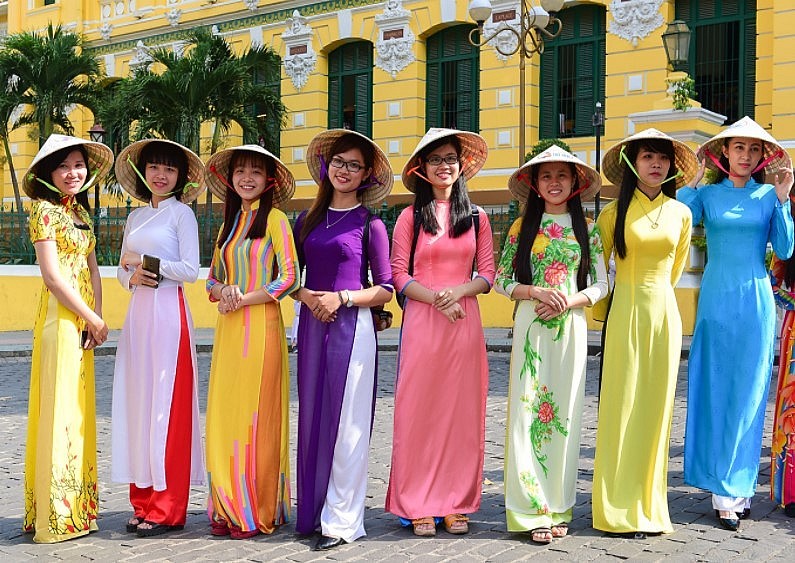 |
| Kinh ethnic group (Other name: Viet). Photo: orientaltours. |
According to vietnamlaw magazine, with the highest level of socio-economic development of all ethnic minority groups, the Viet retained its key role in the history of Vietnam. The group possessed key economic industries and generated the largest economic resource for the country. Viet people made a majority of and held key positions in the political system. Viet language is the national language and the group’s culture dominated Vietnamese culture.
The Viet also played the leading role in organizing insurrections and wars against invaders to regain and protect national independence and sovereignty. In the early 11th century, the group expanded the country’s land to the south from the northern delta.
The Kinh people are the predominant Ethnic group in Vietnam, with nearly 85% of the population in the country being Kinh. They are also known as Viet ethnic group. Kinhs speak Vietnamese, the official language in Vietnam. A popular myth says that Kinh people originated from the marriage between a dragon and a fairy heavenly angel. The couple had 100 children who multiplied to the current Kinh people. Kinhs practice ancestor worship alongside such East Asian religions as Buddhism, Confucianism, and Taoism. A small group of Kinhs practice Christianity. They live in patriarchal families. The Kinh people have a wealth of proverbs, folk tales, songs and dances that help in the preservation of their traditions. The people practice wet rice cultivation on the fertile deltas and coastal plains. They also rear animals such as pigs, cattle, and chicken.
| Culturally, Kinh is one of the ethnic groups which always reach the level of the brilliant civilization of all era, from the ancient Vietnamese civilization, Dai Viet civilization Vietnam after the tenth century until today all is proved that. In culture - civilization, from material culture, spiritual culture and behavior culture, Kinh created the character himself, ively absorbing the advantages of the other civilizations to enrich his ethnic group. The expressions of Viet culture is really rich and various, as sample belief culture: from belief of ancestors, the national hero with his credit for a village and country and on the basis of acquiring Buddhism, Confucianism, Taoism, Catholicism, etc. All are modified to fit, to adapt to the physical life and spirit life of Kinh as special culture of Kinh belief culture. In such cultural beliefs, ancestral worship is the most important belief of Kinh. The altar is placed in the most suitable place in the house: the ritual on the anniversary, festival and weeks, etc. In culture, the literary – artistic creation from tradition to modernization is Kinh’s very typical character. Folk Literary and art with rich genres: fairy tales, folk songs, folk songs, proverbs, etc reflect all aspects of the entire national life. |
2. Tay
The Tay people make up close to 2% of Vietnam's population, as world atlas reported. They are the second largest ethnic group in the nation. They live on fertile plains where they cultivate rice and keep cattle and poultry as well. They live mainly in Vietnam’s northern and northwestern provinces - Cao Bang, Bac Can, Lang Son, Ha Giang, Thai Nguyen, and Lao Cai. They live along rivers in mountain foothills. Rice is a staple food for the Tay people. The Tay community practice traditional religious beliefs including ancestor worship. They have rich folk songs and dance they perform during festivities and when they have visitors. Tay people use the lunar calendar.
The Tay build their villages in valleys, on mountainsides, or in the highlands. A Tay village has from 20 to over a hundred households. They live in wooden stilt houses with tile or palm leaf roofs.
Both men and women wear clothes made of hand-woven cotton, dyed with indigo. Women wear high collared, waist- or knee-length shirts buttoned on the right side. Their pants have roomy legs and a wide belt. Tay women enjoy wearing jewelry, particularly silver necklaces and arm and wrist bracelets. Men’s clothing is similar to that of women. Hoang Thi Xoan, a white Tay woman in Xuan Giang commune, Ha Giang province, said: “The Tay include black Tay, white Tay, and Thai-Tay branches. We identify each other mainly by the color of our costume. The white Tay wear indigo headscarf, shirt, pants, and belt. The black Tay wear a black shirt and long dress. We all wear silver necklaces. The white Tay make up 80% of the population in Xuan Giang. The black Tay live in Xin Man, Ha Giang province.”
Like many other Vietnamese ethnic groups, the Tay practice polytheism and believe that supernatural powers have impacts on their life. Worshiping their ancestors is the most sacred ritual of the Tay. The ancestral altar is placed in the center of the house. In front of the altar is a bed on which visitors are not allowed to sit or lie. The Tay have many taboos, like: people may not step on the edge of the stove, after attending a funeral people must take a bath before tending the cattle and poultry, and new mothers are not allowed to stay near the altar.
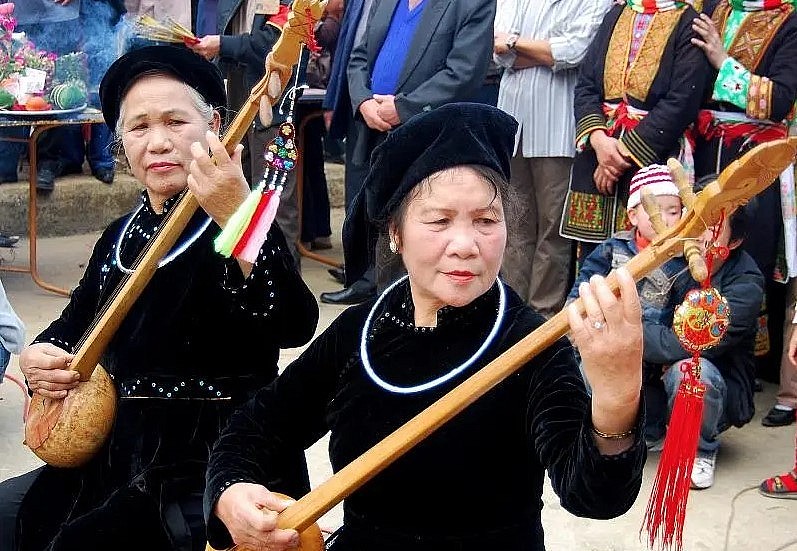 |
| Tay’s women. Photo: trekkingsapa. |
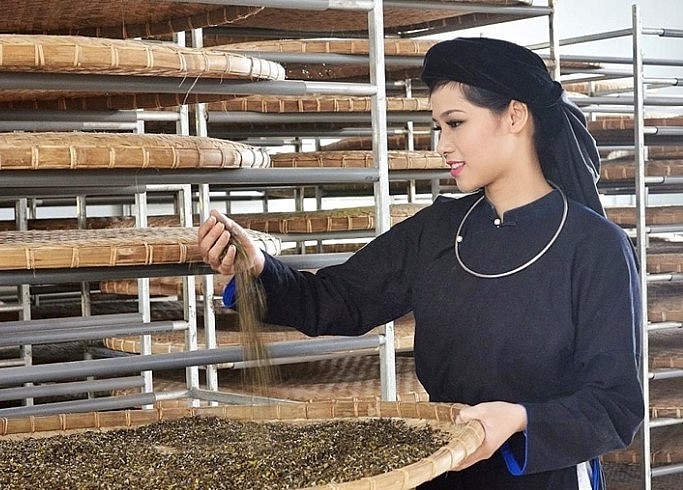 |
| Tay-ethnic-group. Photo: ADV. |
Every Tay house in Lang Son has a stone dog at the gate. The Tay believe the stone dog will help the owners take care of the house and chase away bad luck. Vy Van Co of Loc Binh, Lang Son province, said: “Our ancestors told us that if the house is built on hard soil or if the house faces a bad direction, a brook, a lane, or a hill, we should place a stone dog at the gate to protect the house and its contents, preserve peace, and promote production. The stone dog will inform our ancestors of any evil coming to our house.”
As reported by VOV News, the Tay have developed a rich culture of poems, songs, epics, tales, funny stories, and dance. Popular folk singing genres of the Tay are call-and-response singing, lullaby, Then, and wedding and funeral singing. Then is sung at events such as worshiping at the ancestral altar, praying for sick people, praying for a couple to have children, at family get-togethers, to welcome guests, and at a “going to the field” festival held in the first month of the new year. Then is an indispensable part of the spiritual and religious life of the Tay.
| The Tay people’s clothes are quite simple, not colorful and not much of embroidery or decorative patterns, made of cotton and indigo dyed. Women wear high collared, knee-length shirts with 5 buttons on the right side, roomy trousers, and wide belts. They wear silver jewelry on their neck and arms. Men wear as similarly to women with shorter shirts or T-shirts and trousers. Because of its large population, The Tay ethnic group develops its rich culture. Primarily depend on cultivation; they now still thresh rice on wooden racks also-called as long in the fields, then bringing threshed rice baskets to their home. The Tay is famous for the culture of the diverse folk song such as Luon, Phong Slu, Phuoi pac, Puoi ruoi, Ven eng…, in which, Luon is the most popular one – a duet between lovers. The Tay sings Luon in almost their festivals in particular the Lunar New Year, Lồng Tồng festival (Going down the rice paddy), wedding, and new house ceremony. Another festival in the Tay community is a spirit-calling festival for cows and water buffaloes. It is held on the 6th of June in the lunar calendar. |
3. Thai
Thai people account for approximately 1.8% of the Vietnamese population. They are the third largest ethnic group in the country. Thais originated from South East Asia where their ancestors still live to date. They cultivate rice, corn and other subsistence crops. Their staple food is rice. Thais celebrate the New Year’s festival using the lunar calendar.
Language Thai is on language family Tay-Thai. The Thai is one of few ethnic which owns private speech and writing. But nowadays, there are fewer and less Thai people who know how to use it; therefore; the Thai language falls into oblivion step by step.
Agriculture is the main economic activity of the Thai ethnic, mainly cultivate rice in the fields in the valley, glutinous rice is on an upland hillside. The residents have lots of experience in irrigation. The high grounds do not put water on the crops they built a water wheel to bring water from springs to the field. Rice is the staple food, especially sticky rice. In addition, they also grow crops and many other plants. Families also focus on raising cattle, poultry, knitting, spinning cotton, plant dye trees, raising silkworms, and weaving, some places still make pottery. The Thai has to weave for a long time, the famous product of the Thai is brocade fabric with unique patterns, bright colors, durable and beautiful.
Because of owning speech and writing, they have a valuable cultural heritage of myths, versed stories, legends, ancient tales, and folksongs. They are fond of singing, especially, “Khap” which is sung with the accompaniment of Vietnamese string instruments and a dance performance. Their folk dances such as “Xoe”, “Sap”, “Han Khuong”, and “Con” are the reflection of the Thai’s unique cultural characteristics and performed in stages at home and abroad. In festivals, “han khuong” and “nem con” are two games with the Thai’s unique cultural features.
 |
| Traditional clothes of Thai ethnic minority group. Photo: dangcongsan. |
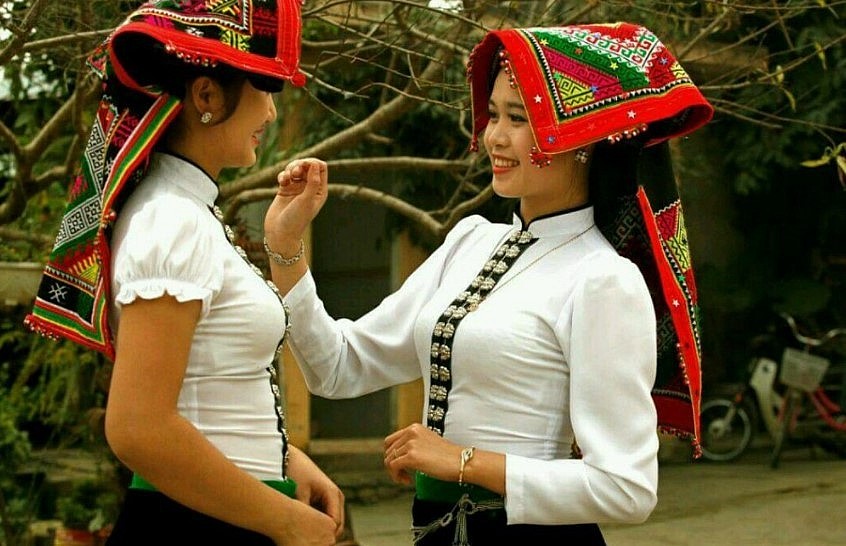 |
| Photo: mrlinhadventure. |
The Thai choose the lands, which are near to water resources to reside. Every village contains tens to more than a hundred houses. In marriage, the Thai still maintain to stay with the wife’s family. A few years later, when the couple has children and then split off in a separate house.
About the spiritual world, the Thai have polytheistic notions and keep worshipping ancestors. Because of association with life with agricultural production, they have customs as taking water on New Year’s Eve, thunder festivities New Year and some other seasonal festivals. As for the dead, they think the death is continuing the concept of “living” in the afterlife so the funeral is a ceremony for the deceased to “heaven”.
The Museum of Ethnology in Hanoi has a permanent pavilion dedicated to the Thai ethnic group. Ms. Nguyet, a museum employee, told VOV: “The Thai and the Tay ethnic groups are the most populous. There are two Thai groups, white Thai and black Thai, who are differentiated by their other costumes and houses. Traditionally, the black Thai wear a black blouse with a high collar and a black skirt, while the white Thai wear a white blouse with a heart-shaped collar and a black skirt”.
In each locality, the Thai group is divided into many branches, according to Luong Van Thiet, who also works at the Museum of Ethnology:“In Nghe An, the black Thai group is divided into 2 different subgroups: Man Thanh and Tây Mười. The white Thai are also called Tay Mường or Tay Do. “Do” in the Thai language means people who reside permanently in one place. The Thai group in Tây Thanh has another name: Tay Nhại. “Nhại” means people who always move”.
| Through the emigrations, currently, the Thai ethnic group lives mainly in Vietnam’s northern and north-central regions in Lai Chau, Dien Bien, Son La, Yen Bai, Hoa Binh, Nghe An, and Thanh Hoa province. The Thai people have their own language, which belongs to the Tay-Thai language system. They build their wooden stilt houses in large fields, in the foothills of the mountains. The Thai people’s costumes always praise by simplicity but still highlight the exquisite beauty of every Thai girl. Costumes of the Thai group as Thai Black & Thai White have much in common but still, stand to their own identity. The traditional clothes of Thai women include short vests, long black skirts, scarves, and ornaments while men have accepted the Kinh’s clothing style. |
One of the most famous cultural characteristics of Thai is the cuisine. Thai people enjoyed the barbecue which is marinated with spices such as pepper forest, garlic, and chili. This brings tasty flavor to the dishes. According to barbecue, the bamboo-tube rice is the typical food of the Thai used to invite the guest on special occasions. On the trips, travelers can carry some sticky rice and, the bamboo-tube rice to eat along the way or at rest in the sights will be very convenient. Just taste it once, the cuisine of the Thai ethnic group can fascinate visitors.
4. Muong
The Muong people are an ethnic minority who live in the mountainous regions of Vietnam. The Muong constitute 1.5% of the total population in the country. They have close ties to the Kinh people. This ethnic group speaks Muong language which is close to Vietnamese. They live in a patriarchal social system where only males own property. Muong people practice agriculture where they cultivate rice, raise pigs, chicken, and cattle. Muong worships ancestors and other supernatural spirits.
The Muong has resided permanently in the province of Hoa Binh, Thanh Hoa, Phu Tho, etc. Regarding the historical origin, Muong cognated with Kinh. economy is mainly to plant wet rice; in addition to paddy field, the Muong also till the fields, hunting, fishing, gathering and producing handicraft. Social organization is primarily mountainous village, each consists some families, more or less, depending on resident area specified, the mountainous village has tight organization. The majority of the Muong live at stilt, type of house with 4 roofs. Mong wine is famous by processing of yeast strong flavor, to invite guests and drink in collective parties.
 |
| Photo: baodulich. |
Typical clothing of women is headgear and short white blouses, black skirts with leggings and gaudy patterned textile textures. Marriage has many features similar to Kinh. Funeral is picky and expensive. The Muong has rich folklore culture with ancient stories (mo) famous "De dat de nuoc", "Len troi" ... Book "Mo-Muong epic" more than 2,000 pages thick, is priceless heritage not only of that of the Muong but also one of Vietnamese culture. Rich folk dancing as Animal dance, cotton dance, instrument dance with Gong used unique amulet sing, especially in the Muong, it must be mentioned song holiday, these are mountain worship pieces, sprayers read by powwow and singed in the funeral. Muong language is ancent Vietnamese regionalized, there are 80% Muong vocabulary identical to Vietnamese language before the twentieth century, there is still quite sustainable reserve in the Kinh Community in Ha Tinh.
The Muong share ethnic roots with the Vietnamese people and their language is classified in the Vietnamese – Muong language branch. The Muong live in mountainous areas which have abundant land for growing wet rice. In a Muong hamlet, stilt houses shelter in the shade of big trees, huddle against the mountain, and look out on vast rice fields. A Muong house is designed to maximize convenient use and air ventilation to counter the warm, humid mountain climate.
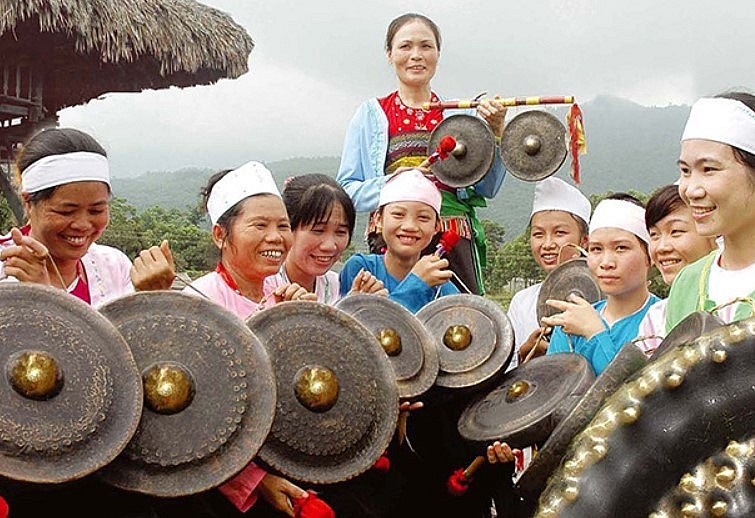 |
| Gong – a traditional instrument of Muong people. Photo: vietvisiontravel. |
| The Muong’s costume is special. Men often wear a round-neck shirt which opens in the front and has two pockets. Their pants have large trouser legs. On special occasions, the Muong men wear a purple or yellow silk shirt inside a long, white ceremonial robe. Quach Van Suong of Vo Do hamlet, Nhan Nghia commune, Hoa Binh, said: “When we were small our elders taught us the typical cultural features of our group reflected in our costume. We like to wear our traditional clothes every day as well as at festivals. It’s a way to preserve our culture for our children.” |
The Muong women wear a long, black dress and a white or brown shirt with a line of buttons in the front and long sleeves. They wind a white or indigo headscarf around their head. The highlights of the Muong costume are embroidery on the dress hem and belt. It requires skill and artistic talent to design the patterns and harmonize the colors of the costume. Quach Thi Lan of Nhan Nghia commune says there are 40 popular patterns, of which the dragon is the favorite image. “The most important step in weaving a dragon is to count the threads used to make the dragon head, wings, and body. We have to consider the position of each part and mix white, black, and red to make a soaring dragon.”
The Muong have diverse folk arts including folk songs and poems, sorcerer’s worshiping songs, tales, proverbs, lullabies, and riddle songs. The gong is the most popular musical instrument along with the flute, the two-string violin, the drum, and the panpipe. A Muong studio and museum at Hoa Binh province provide full information about Muong ethnic group in Vietnam.
5. H’mong (Mong)
The Mong are one of the most populous ethnic groups in Vietnam. They live mostly in the mountains, 1,000 meters above sea level, in the northern region, in Thanh Hoa and Nghe An province, and in the central highlands. The Mong are part of the unity of the 54 ethnic groups in Vietnam. There various Mong groups: White Mong, Black Mong, Flowery Mong, Red Mong, Blue Mong, Man Mong and Na Meo. They are differentiated by their costumes and languages.
Previously, the Mong were called Meo (Mieu), meaning residents who are engaged in cultivation. The Mong are skilled farmers, specializing in growing wet rice. The mountains where they live are flattened to make terraced rice fields. Tran Thu Thuy of the Vietnam Museum of Ethnology told VOV:“The Mong migrated to Vietnam about 300-500 years ago. At that time, the Kinh majority lived in the delta and other ethnic groups like the Thai and Tay lived in the mountain valleys. So the Mong had almost no flat land to live on. They reclaimed mountain sides and turned them into terraced rice fields for wet rice cultivation. The Mong are a special ethnic group, who are adaptable to all living conditions”.
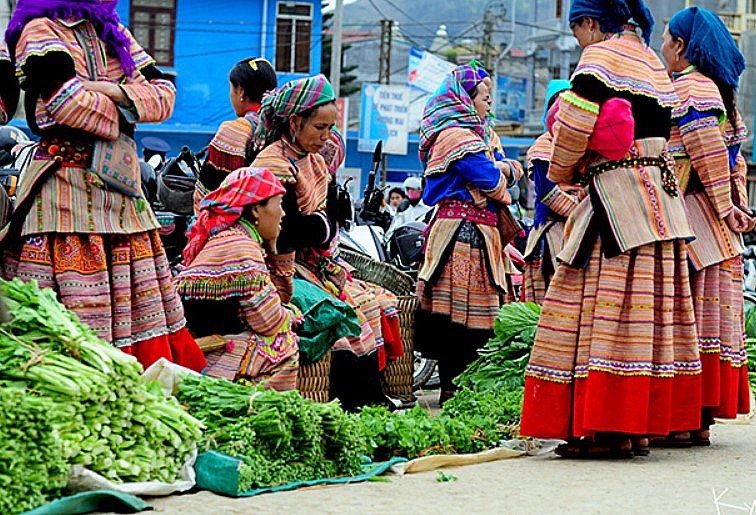 |
| H’mong people in the market. Photo: vietvisiontravel. |
The Mong are scattered in many provinces across Vietnam and rarely intermingle with other ethnic groups. Their houses are built on mountain sides with streams in the front and mountains at the back for protection. The houses are built from a special kind of timber called Pomu. But the Mong in Ha Giang build their houses with clay. To cope with cold weather, their houses are short and have no windows.
The Mong believe that everything has a soul, even a house. Their houses have the door, pillar and kitchen gods to protect owners from evil forces. Outside of their house, a person is no longer protected by the gods and is vulnerable to misfortunes or death due to evil spirits. That’s why they always carry a charm to chase away ghosts.
The Mong follow a patriarchal system. Men decide everything in the family and are the inheritors. A girl, who moves into her husband’s house after their wedding, can only bring with her some silver jewelry and some clothes.
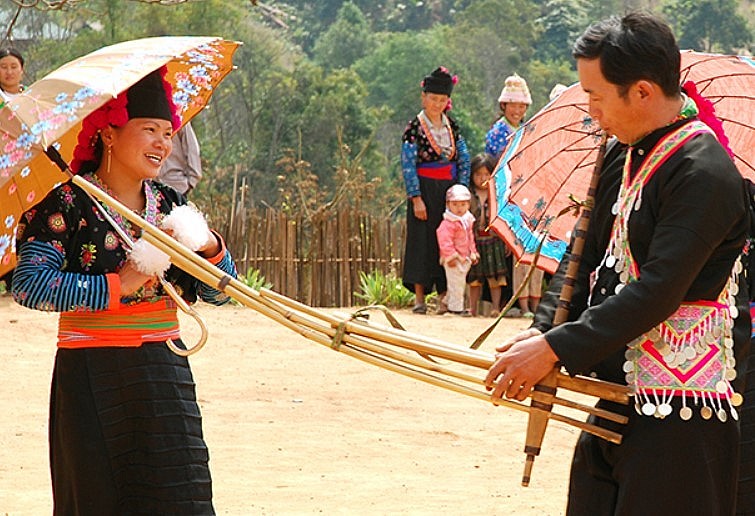 |
| Bamboo flute-a traditional instrument of H’mong people. Photo: vietvisiontravel. |
The Mong usually marry within the group, rarely to people of other ethnic groups. They believe that the more children they have, the stronger their clans become. Each clan has its own rules, which everybody must follow. Thuy said: “Clans are very important to the Mong. People of the same clan can die in each other’s house and are recognized by the way they are worshipped. A married woman is believed to belong to her husband’s clan. She is neither allowed to give birth nor die in her parents’ house”.
Among Vietnam’s 54 ethnic groups, the Mong’s culture is one of the most distinctive and best preserved. The Hmong ethnic are fond of their folk song, that is the voice of love (gau plenh), singing marriage (gau xuong) … they used to sing when working in shifting, spinning and weaving, shopping. During festival occasions, especially “Gau tao” (New Year), the folk songs are not only expressed in words but also expressed through the traditional Vietnamese instruments (flute, panpipe, reed). The young people like to play praise, dance, and blow the flute. The reed is the means for the youth to exchange sentiments. After a tiring working day, young people use praise, reed to convey and express their heart language with a partner, praise the beauty of life, the homeland, and the country.
| Linen weaving is one of the most unique productions of the Hmong. Their production of crafts are very various such as weaving, forging, making horse saddles, furniture, especially container; making paper copies, silver jewelry to meet the demands and tastes of people. The Hmong artisans with highly professional skilled, make famous products such as plowshares, knives, hoes, shovels, barrels which are delicate. The traditional dress of Hmong women very motley considered the most beautiful of all ethnic groups in the northern mountains of Vietnam. It includes chest sawed camisole, skirt, scarf head wrap, belly wrappings two legs, waist… Only dress costumes of the Hmong are very colorful and diversity with many brightly patterned different embroidery motif, which will be combined with many pieces of jewelry both beautiful and strange to help the Hmong girl become extremely attractive beautiful charming everyone stares from people. Costumes for the Hmong men like the Nung men: long pants, stopping tobacco is lame leggings, wide-neck short sleeve standpipe installation eviscerate buttons, clothes are indigo. |
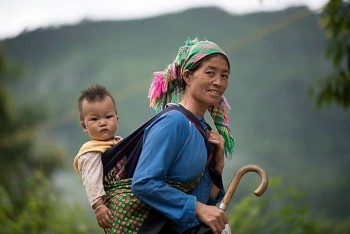 | UNFPA Works to Reduce Maternal Mortality in Vietnam's Ethnic Minority Regions Innovative interventions needed to reduce maternal mortality in ethnic minority regions in Vietnam. |
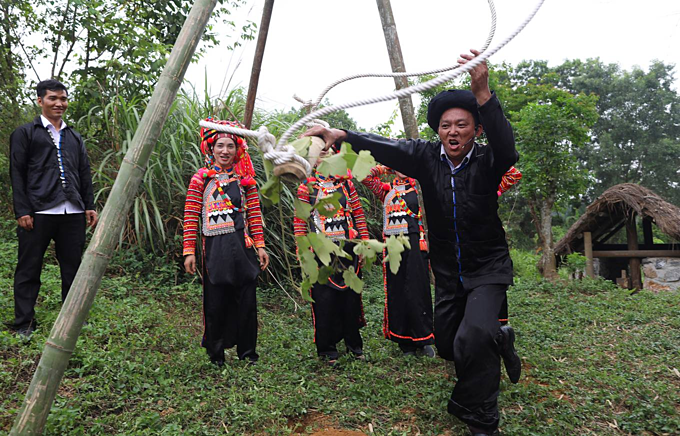 | The Other Tet: Ha Nhi Rainy Season Festival The Ha Nhi people celebrate the rainy season as an opportunity to communicate with ancestors and pray for good luck. |
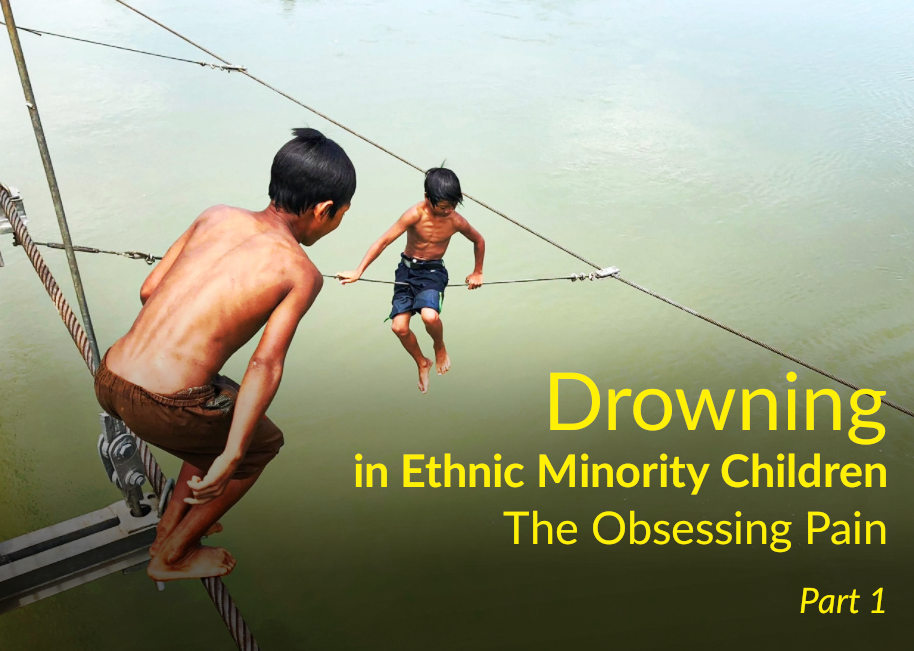 | Ethnic Minority Children at Risk of Drowning Every summer, drownings continuously occurs in the Central Highlands provinces. The tragic deaths of children, despite being warned in advance, still inevitably cause haunting and ... |
Recommended
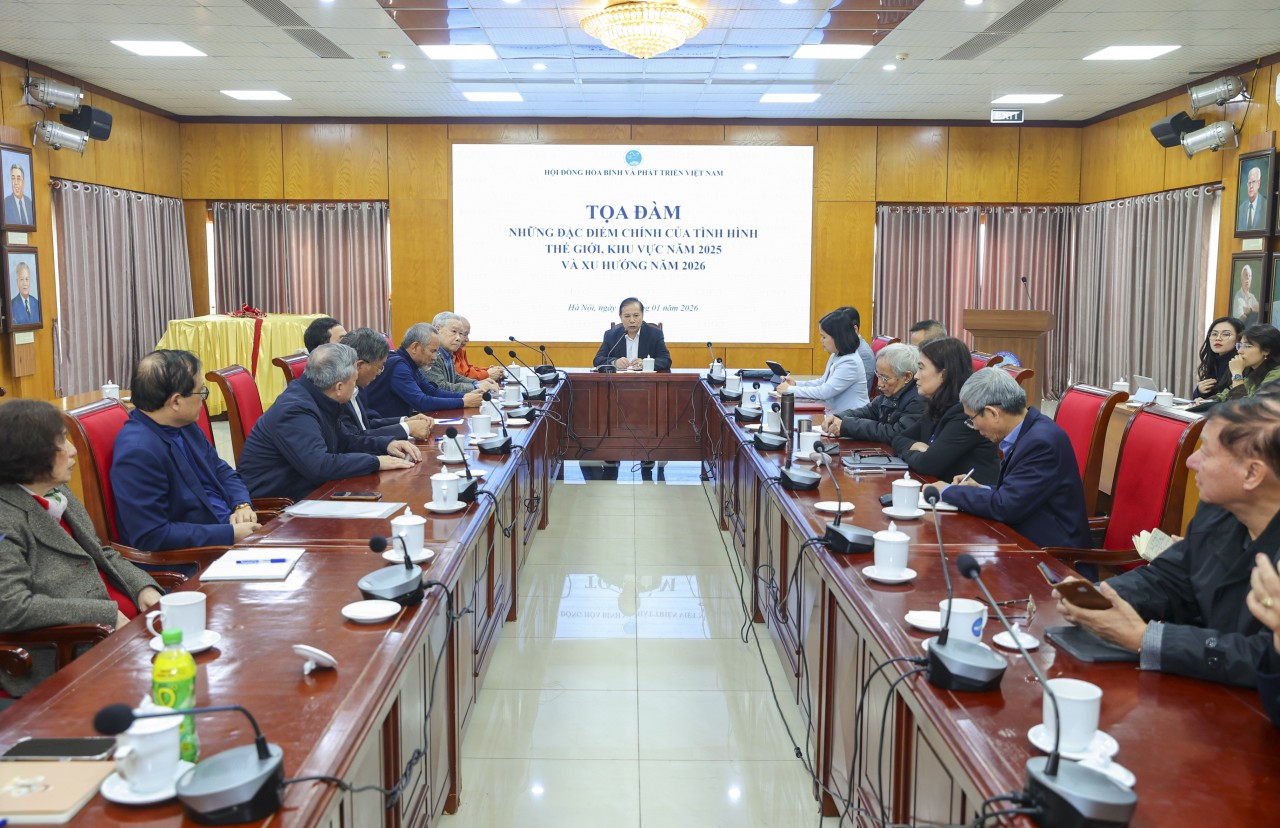 Viet's Home
Viet's Home
Roundtable Discussion: Major Features of the Global Landscape in 2025 and Emerging Trends for 2026
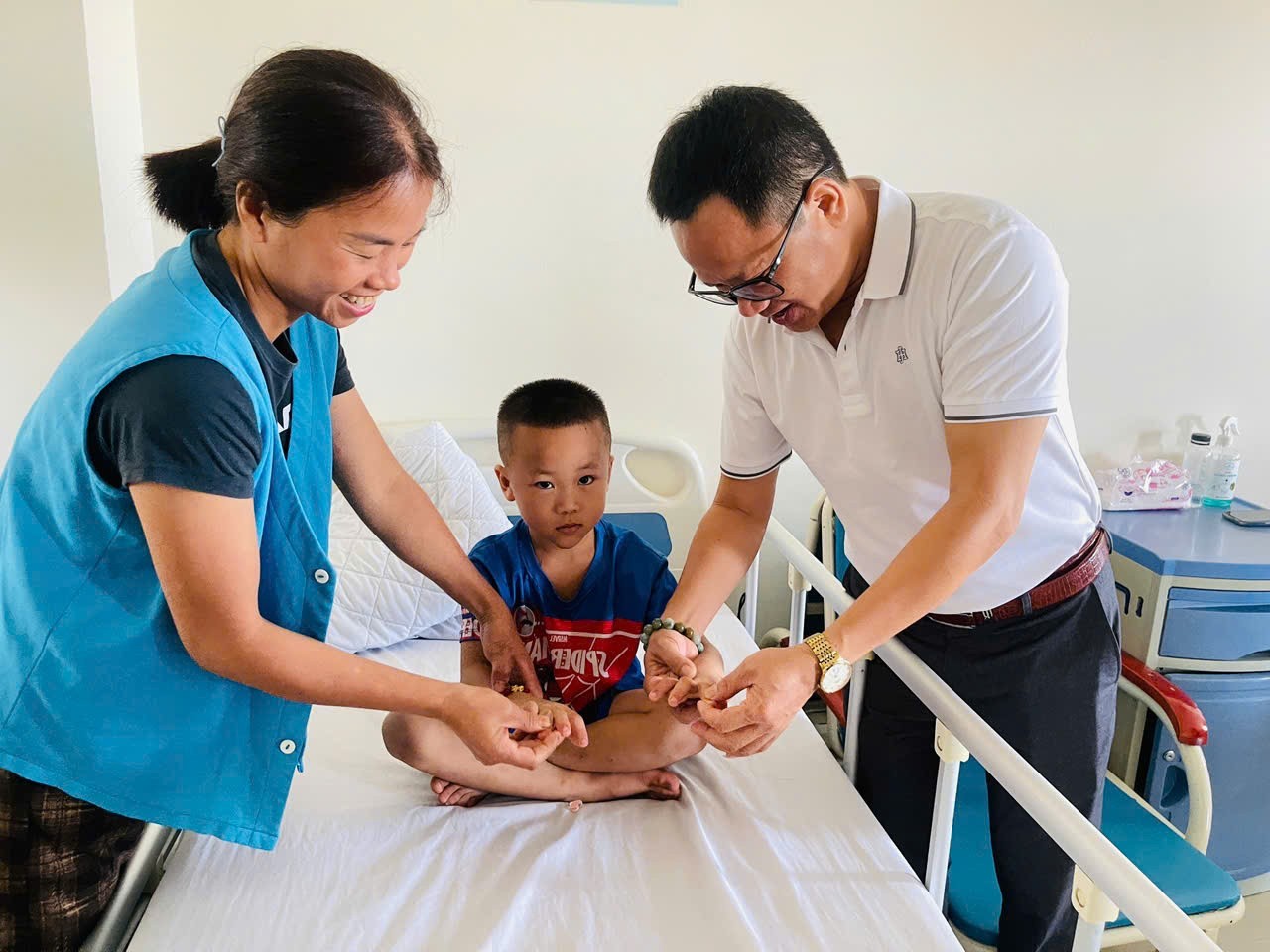 Viet's Home
Viet's Home
Zhi Shan Foundation Expands Medical Care for Disadvantaged Children and Mothers
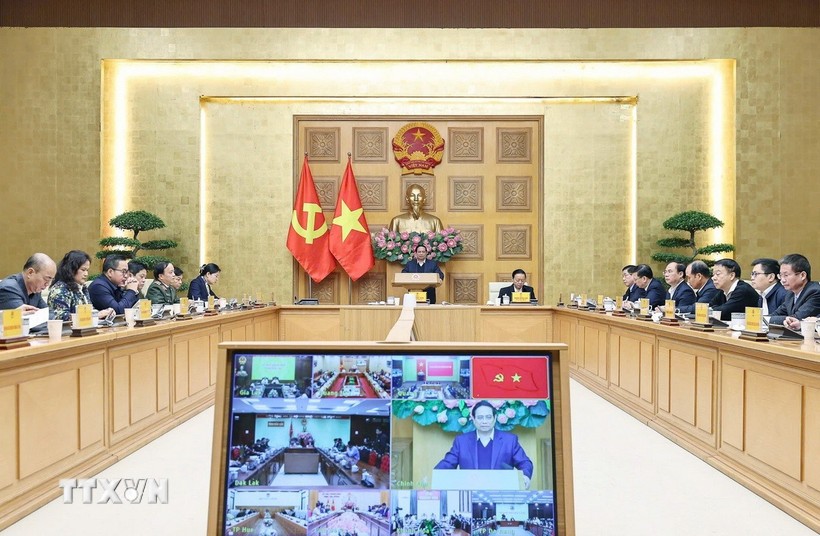 Viet's Home
Viet's Home
Rebuilding Homes in Storm-hit Areas to be Completed Before January 15, 2026
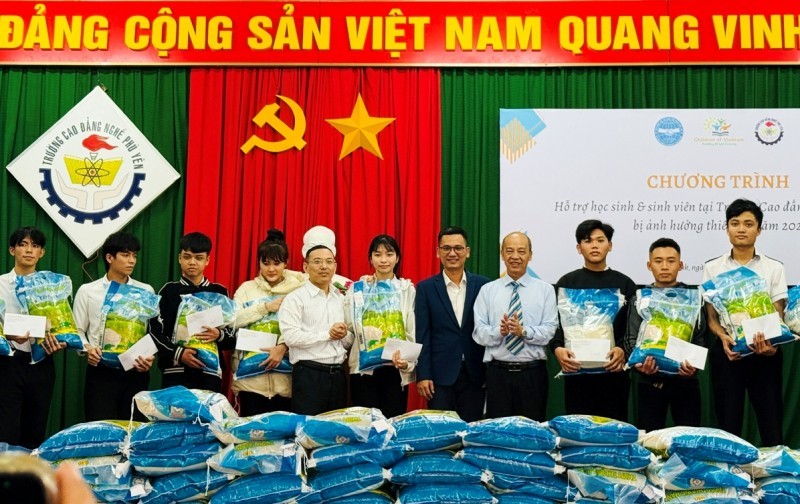 Viet's Home
Viet's Home
COV/United States Supports Students Affected By Storms And Floods in Dak Lak
Popular article
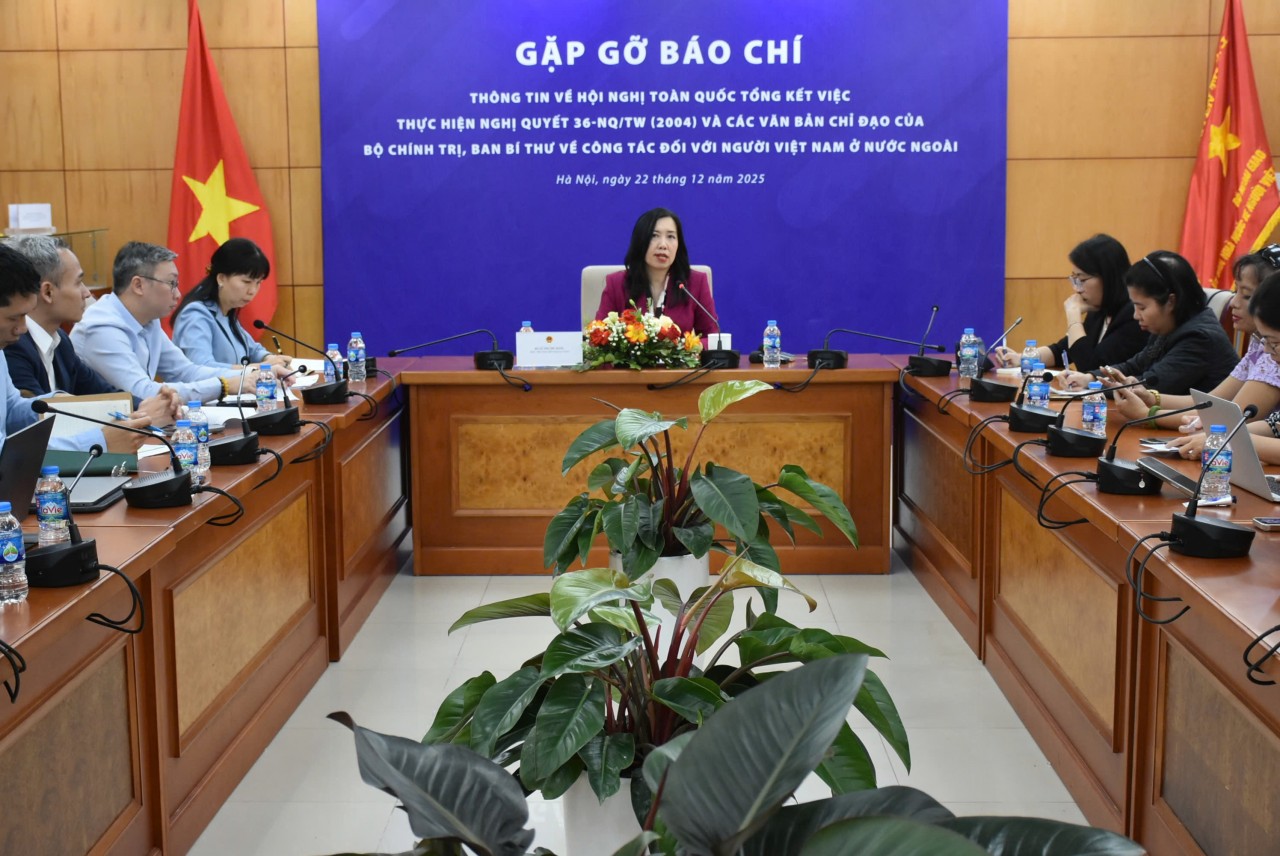 Viet's Home
Viet's Home
Comprehensive Review of Overseas Vietnamese Affairs To Takes Place on December 25
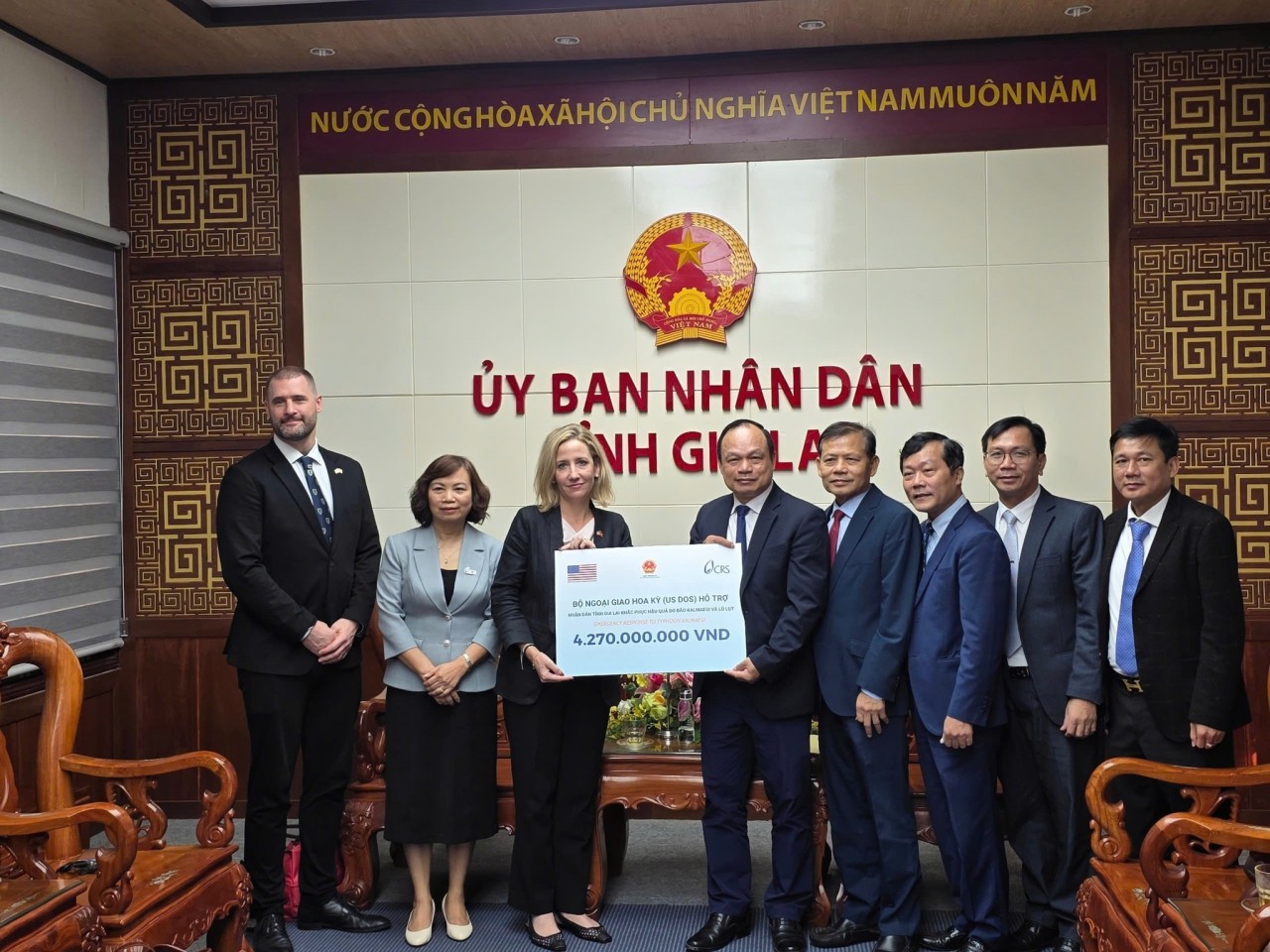 Viet's Home
Viet's Home
US Government Aid Supports Natural Disasters Recovery in Gia Lai Province
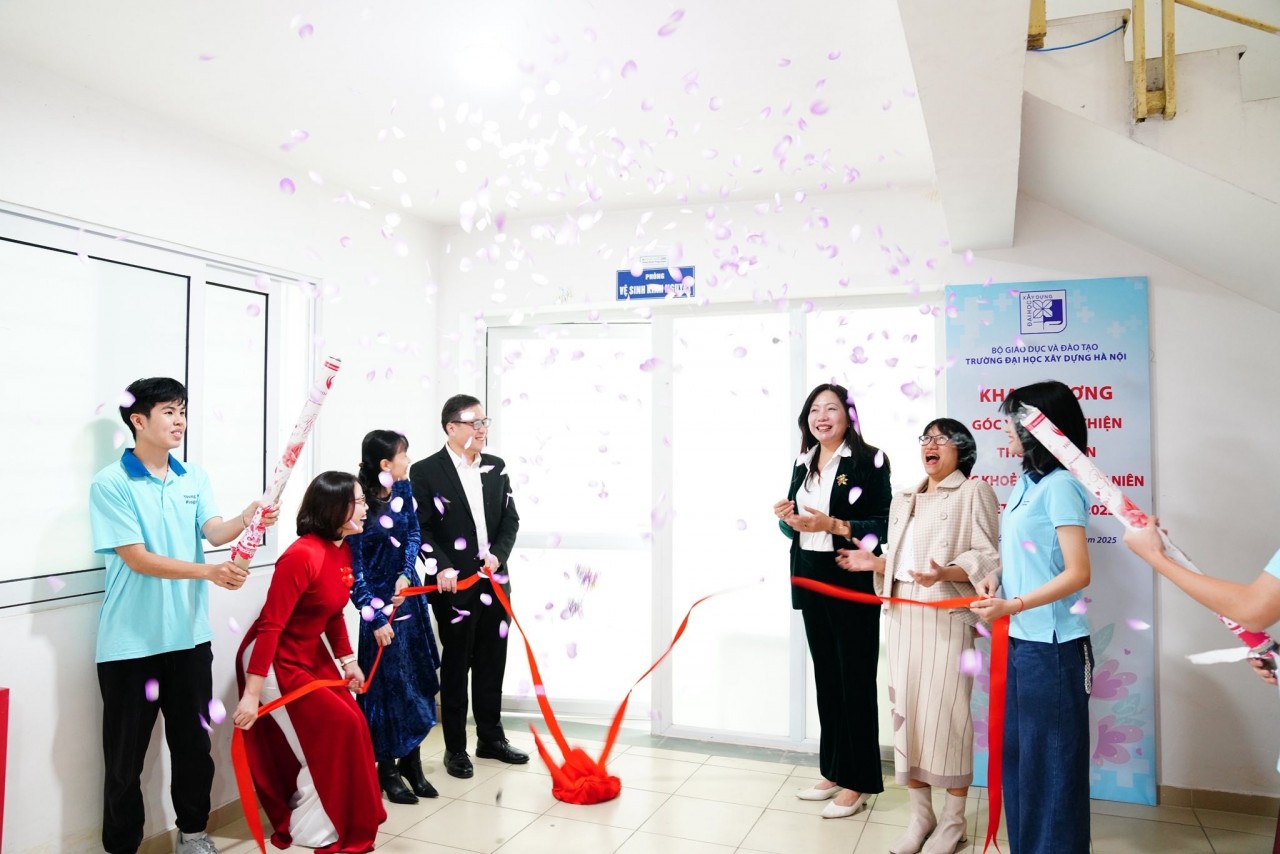 Viet's Home
Viet's Home
Launch of “Student-Friendly Health Corner” In Vietnam
 Viet's Home
Viet's Home




